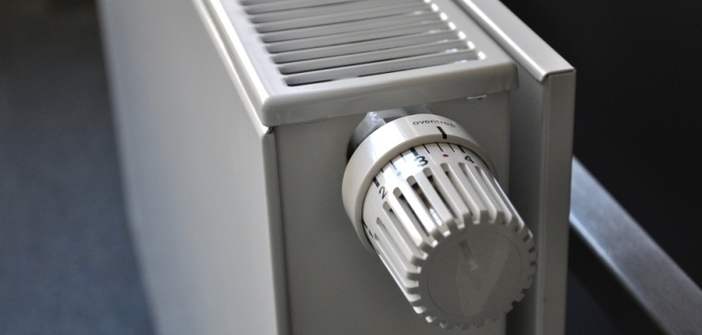Why are regular checks and maintenance of the fuel oil tank so important?
Due to the inevitable condensation of moisture, condensation forms inside the fuel oil tank. Additionally, because of the natural aging of the fuel oil, deposits form that accumulate at the bottom of the tank along with condensation water. This mix of greasy sludge and condensation water can have two significant consequences. Firstly, if the mixture is drawn up by the burner tube, it clogs the burner pipes as well as the corresponding filters and nozzles, leading to a malfunction of the heating system. Secondly, over time, corrosive residues form and settle at the bottom of the tank, producing organic residues that damage the heating system by accelerating the wear of components and, due to leaks in the tank, can lead to groundwater pollution. This mixture attacks the tank from the inside and can cause disastrous corrosion. Cleaning the fuel oil tank is often overlooked even though the laws and regulations outlined about it are very strict, explaining in detail the importance of this practice and how it should be implemented to avoid damaging the heating installation and the environment. Our advice is to have internal cleaning and inspections carried out by specialized personnel at least every 10 years. Since corrosion damage is not visible from the outside, many owners believe they are not affected by the problem. But it is precisely the tank owners who assume personal responsibility for any potential damages. A scheduled inspection offers many benefits. The maintenance and inspection of the fuel oil tank is more than a legal obligation; it is also a definite advantage. In fact, the useful life of the tank and your heating system is extended. The heating system will operate safely and without breakdowns for many years, which will reduce the number of burner failures, and there will also be no complaints from insurance companies in case of damage due to insufficient tank maintenance. But what does the maintenance of a fuel oil tank entail? Cleaning the fuel oil tank involves restoring it to its original state by eliminating residues inside it. This type of intervention is part of routine maintenance, so it is always a preliminary operation before proceeding with the vitrification, reuse, or disposal of the tank itself. This operation must be carried out in compliance with safety standards, and the personnel must be equipped with individual protection as defined by law. After cleaning, and thus once the tank has been assessed, a leak test must be conducted to ensure there are no risk conditions, such as the risk of contaminating the surrounding area. This operation is particularly important when dealing with underground tanks.


